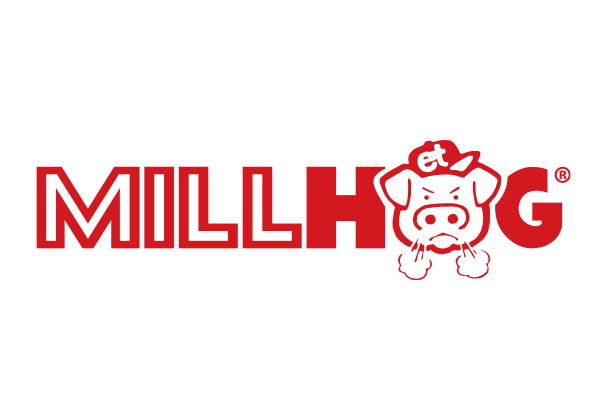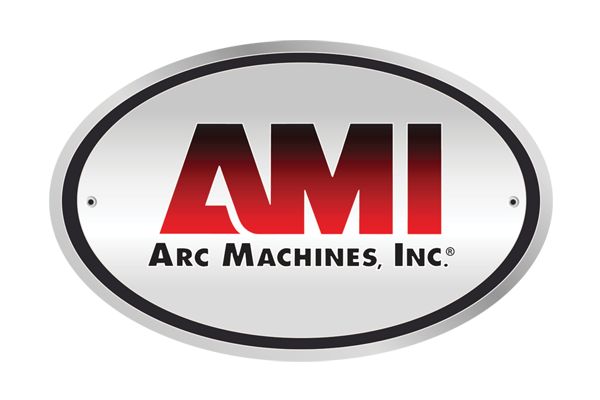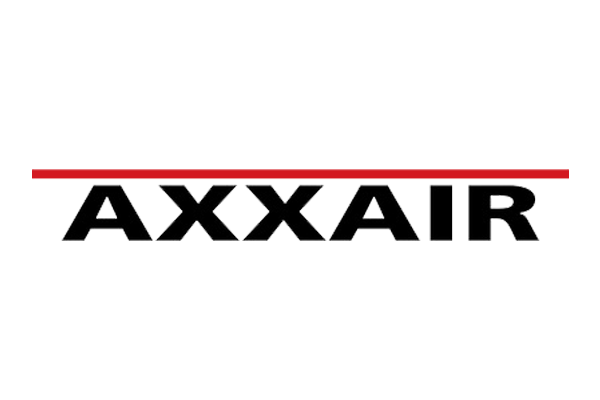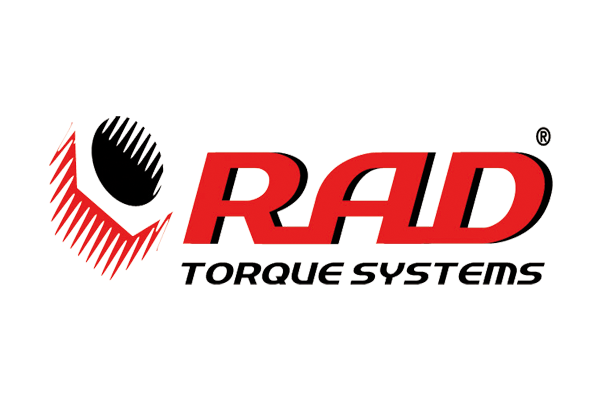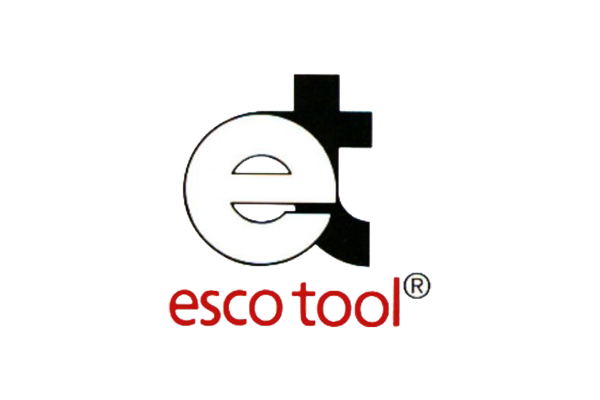PLC or CNC Control: Exploring the Differences
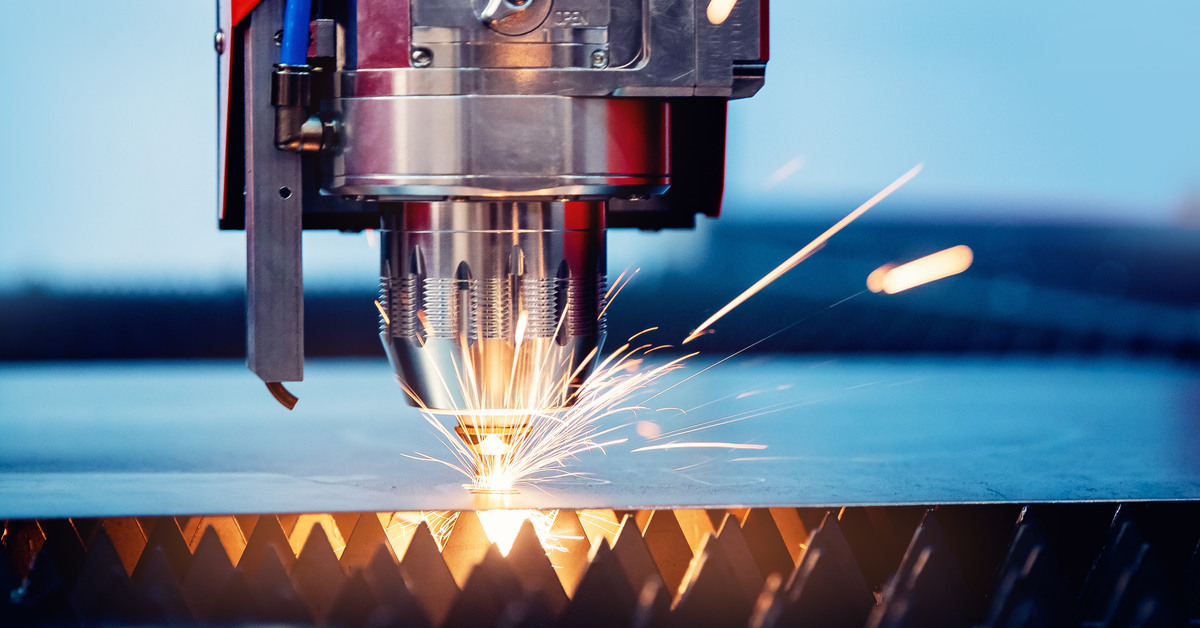
When a business looks into industrial automation, understanding both a programmable logic controller (PLC) and computer numerical control (CNC) is essential for selecting the right technology. Both systems are widely used across industries, but they serve distinct purposes and excel in different scenarios. Let’s explore the differences between PLC and CNC control.
What Is a PLC?
A PLC is a specialized computer designed to automate industrial processes, mainly in manufacturing and assembly lines. PLCs excel at managing complex mechanical and electrical systems. This commonly involves coordinating sensors, actuators, and other devices.
A PLC can handle repetitive tasks, such as operating conveyor belts or monitoring fluid levels. You can also reprogram PLCs for different tasks without changing the hardware.
What Is a CNC?
CNC is primarily used for milling, laser cutting, and turning. While a PLC is used for controlling processes, CNC focuses on controlling machinery, guiding tools with precise movements based on preprogrammed instructions.
A CNC system is ideal for accuracy and consistency, especially when producing identical components. Industries frequently turn to CNC for custom parts, paired with equipment such as the M3 pipe spool welding machine for tight tolerances.
Programming Differences Between PLC and CNC
A major distinction between the two systems lies in their programming. PLC programming typically involves ladder logic, which is intuitive for those familiar with electrical circuit design. It allows easy troubleshooting and process modifications.
CNC programming uses G-codes and M-codes. These programming languages dictate the movement and speed of various machine components. While it requires technical knowledge, CNC programming delivers the precision for crafting intricate parts.
Application Considerations
Whether you choose PLC or CNC control, consider the specific needs of your operation when exploring the differences. If your focus is on automating processes such as material handling or assembly, a PLC is likely the better option.
For tasks such as metal fabrication or welding—where precision and customization are vital—CNC systems are ideal.
Cost and Maintenance
Both systems require an initial investment, but their long-term costs differ. PLCs tend to have lower upfront costs and are often easier to maintain, making them suitable for simpler systems.
Due to their advanced capabilities, CNC systems may incur higher costs for acquisition and operation. However, their ability to produce precise results without much manual oversight can balance the investment over time.
Choose the Right System With Confidence
The choice between PLC and CNC control ultimately depends on your operational goals. Understanding the differences in functionality, programming, and applications will influence the final decision.
If you’re seeking specific solutions tailored to your industry, SEC Industrial offers expertise in advanced machinery and automation tools. Contact us to learn how we can guide you toward the right choice for your projects.
